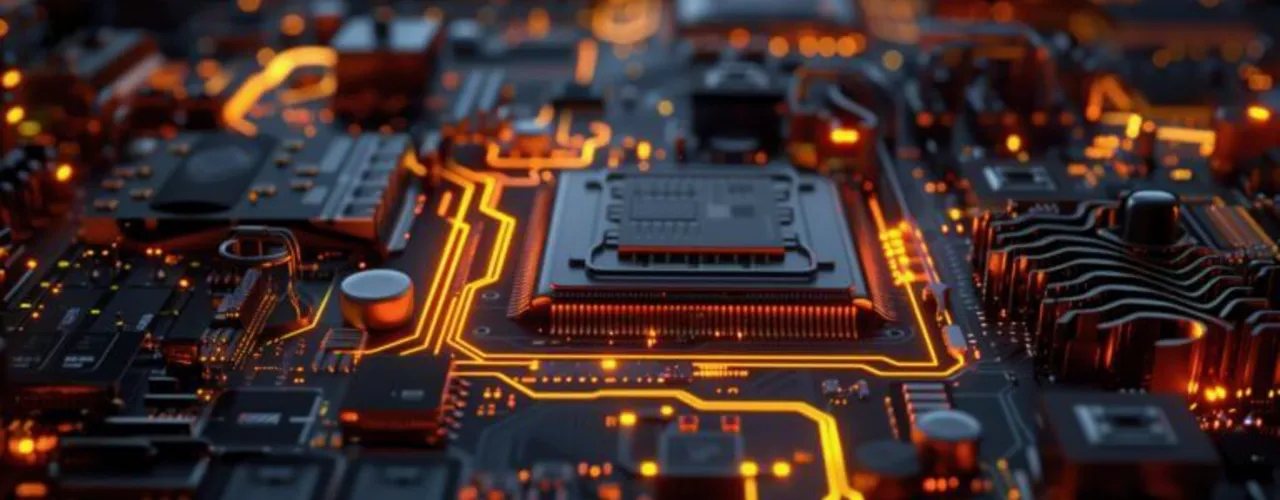PCB coatings: an essential protection for your electronics?
In the world of electronics, printed circuit boards (PCBs) play a crucial role. They form the backbone of many devices, from smartphones and computers to industrial, military or automotive equipment. However, these delicate circuits are vulnerable to external aggressions such as humidity, corrosion, chemicals, and physical impacts. This is where PCB coatings come in — a vital protective barrier to ensure the longevity and reliability of your printed circuit boards.
What is PCB coating?
A PCB coating is a thin, non-conductive polymer layer applied to the surface of printed circuit boards and electronic components. This layer acts as a shield, isolating electronic components and conductive traces from harmful environmental elements.
The PCB coating process: protecting your printed circuit boards
Applying a PCB coating involves several key steps:
1. Surface preparation
The PCB must be thoroughly cleaned to remove any dirt or contaminants that could affect the coating’s adhesion.
2. Coating application
The coating can be applied using several methods, such as spraying, dipping, or brushing.
Robotic spraying: precision and efficiency
This method uses robotic spray nozzles to apply the coating to specific areas. PDS 3-axis or 4-axis dispensing robots and FCS300 spray valves with different nozzles are ideal equipment for this type of application.
PVA spray valves allow the application of a thin liquid layer. With a transfer efficiency of 99%, our micro-spray valves deliver precise quantities without contaminating the surrounding areas. For even greater performance, PVA machines are ideal for selective coating, ensuring precision and reliability.
Dipping
PCBs are immersed in the coating liquid and then withdrawn. This method is suitable for double-sided boards and requires precise control of parameters (immersion speed, dwell time).
Brushing
Mainly used for rework or touch-ups, this manual technique is time-consuming and highly dependent on the operator’s skill.
3. Curing/drying
Once applied, the coating must cure and dry completely. Strict process control is crucial to ensure proper curing without compromising the coating’s integrity.
4. Testing
Rigorous tests are carried out to evaluate the coating’s performance and resistance under various environmental conditions. Basic tests verify moisture resistance and electrical performance, while advanced tests include exposure to salt spray, extreme temperature variations, and mechanical shocks.
Precision in PCB coating application
La dépose par coating sur des PCB demande de la précision, c’est pour cela que Poly Dispensing offre une gamme de robots de dosage parfaitement compatibles avec nos valves de pulvérisation. Nos robots, disponibles en 3 ou 4 axes, apportent un gain de temps et peuvent permettre une montée en cadence pour vos applications. Programmables par une manette ou bien un logiciel de programmation sur PC, le fonctionnement des robots PDS est intuitif et à la portée de tous.
PCB coating application requires high precision. That’s why Poly Dispensing Systems offers a full range of dispensing robots perfectly compatible with our spray valves. Our 3-axis and 4-axis robots save time and increase throughput for your processes.
Programmable via a controller or PC software, PDS robots are intuitive and user-friendly.

